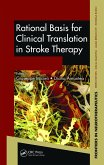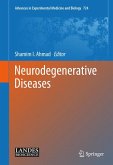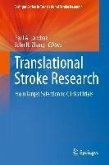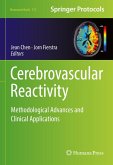Highlighted metal ions include:
Aluminum (Al)
Arsenic (As)
Cadmium (Cd)
Calcium (Ca)
Copper (Cu)
Iron (Fe)
Magnesium (Mg)
Manganese (Mn)
Mercury (Hg)
Nickel (Ni)
Potassium (K)
Selenium (Se)
Sodium (Na)
Zinc (Zn)
Dieser Download kann aus rechtlichen Gründen nur mit Rechnungsadresse in A, B, BG, CY, CZ, D, DK, EW, E, FIN, F, GR, HR, H, IRL, I, LT, L, LR, M, NL, PL, P, R, S, SLO, SK ausgeliefert werden.
"This is a comprehensive book about the role of ions and anions in neurotransmission, cerebral ischemia, subarachnoid hemorrhage, trauma etc. Each chapter is devoted to the indication of mediators related to channel and mitochondrial pathophysiology. ... I recommend this book to neurologists, neurosurgeons, biochemists, and neurophysiologists. Students will be greatly helped by this book, showing that cofactors can be toxic, but at micromolar ranges be beneficial to the stroked brain in small vessel disease." (Joseph J. Grenier, Amazon.com, May, 2014)









